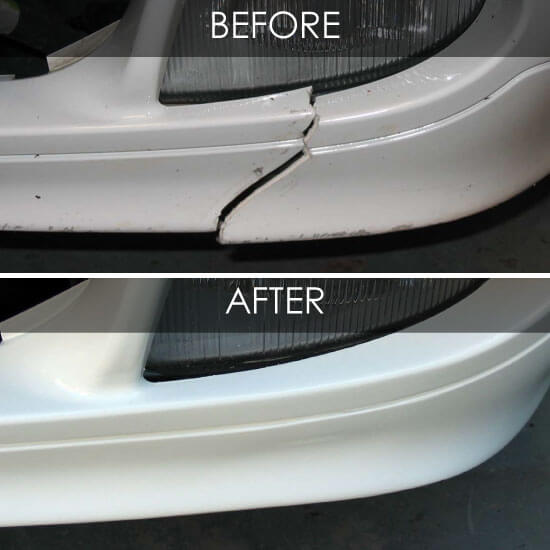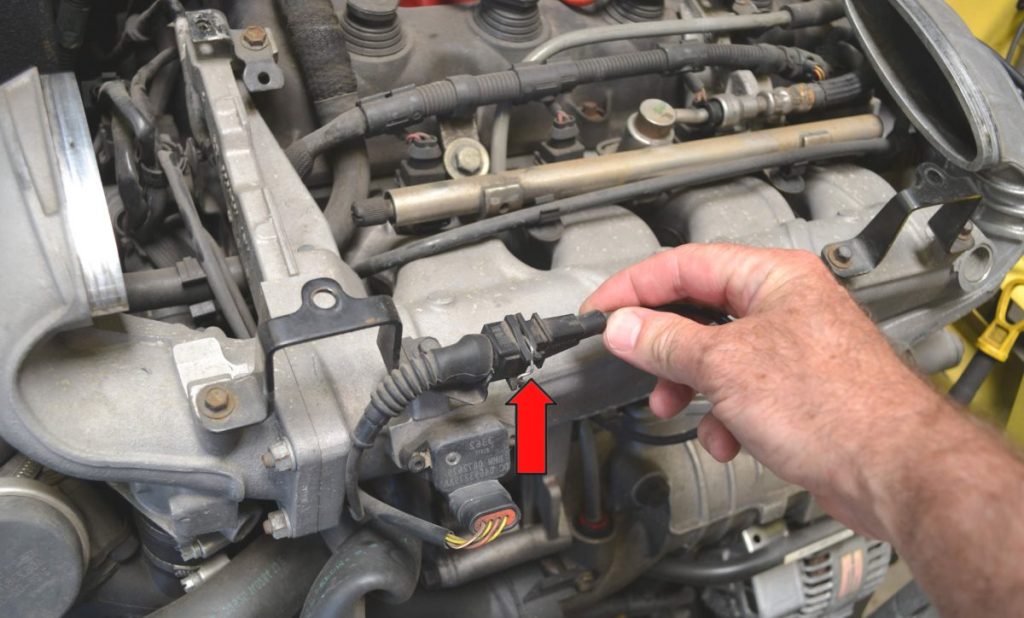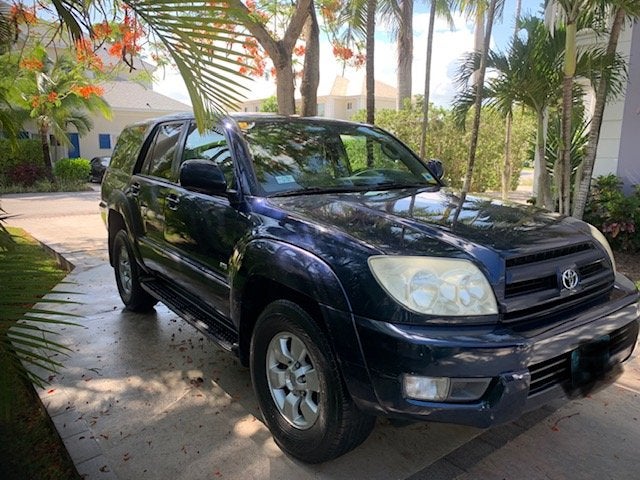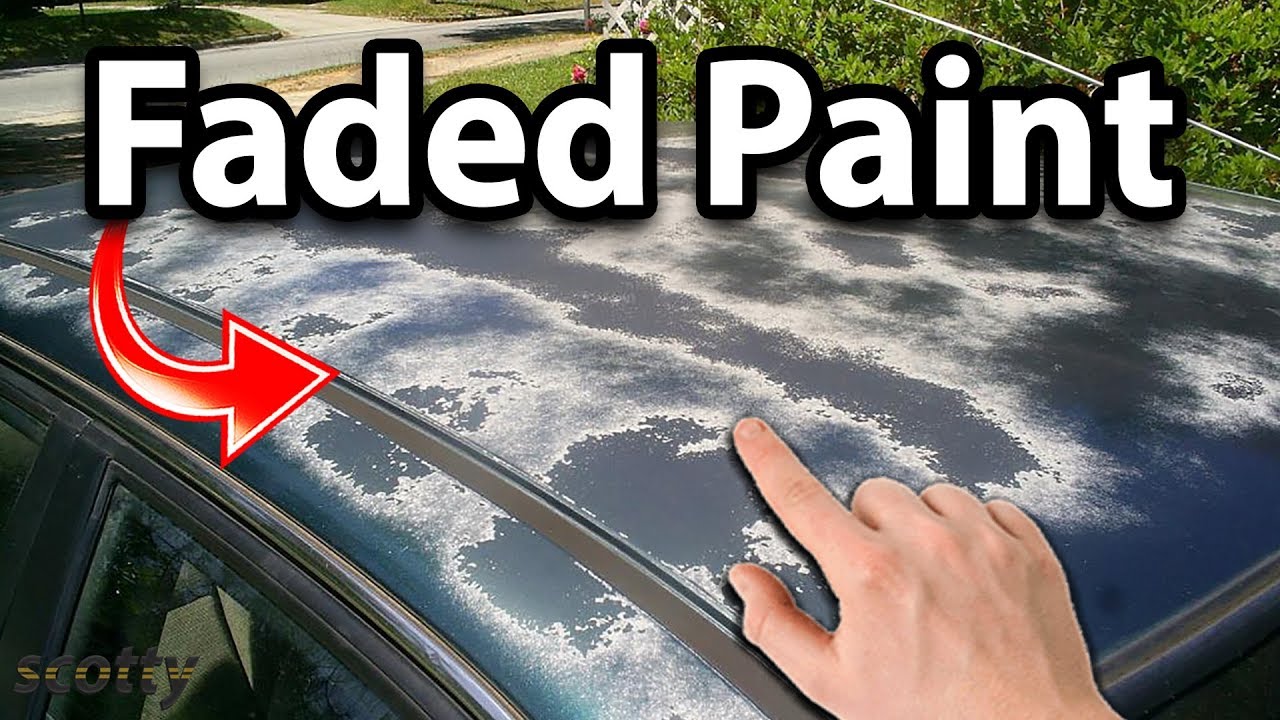Can You Just Top off Coolant
Yes, you can top off coolant if the level is low, but always check for leaks and follow the manufacturer’s guidelines. Topping off the coolant is a routine car maintenance task that vehicle owners should perform with caution.
Ensuring your vehicle’s coolant is at the right level is essential for the engine to operate at its best. The coolant, or antifreeze, prevents the engine from overheating and avoids freezing in colder climates. Owners should regularly check their coolant levels, especially before long trips or in extreme weather conditions.
Using the correct type of coolant is crucial; mixing different types can lead to engine damage. Dealers or service manuals provide information on the proper coolant and mixing requirements. Maintaining the coolant not only extends the life of the engine but also keeps your vehicle running smoothly and efficiently.
The Role Of Coolant In Vehicle Performance
Coolant is a critical fluid that keeps engines running smoothly. It affects performance in key ways. Understanding its functions could save you from costly repairs. Let’s explore why topping off coolant is essential.
Temperature Regulation
The engine generates heat during operation. Coolant absorbs this heat. It prevents the engine from overheating. Consistent temperature control is vital. Without it, engine parts could fail. Top-off coolant ensures proper temperature maintenance.
- Maintains optimal engine temperature
- Reduces risk of overheating
- Protects engine components
Corrosion Prevention
Coolant has additives that fight rust and corrosion. Metals inside the engine can corrode over time. The coolant works to shield these parts. This keeps the cooling system efficient. Regular coolant top-offs can extend the lifespan of these components.
| Additive | Purpose |
|---|---|
| Antifreeze | Prevents freezing and boiling |
| Anti-Corrosion | Protects metal parts |
Credit: www.reddit.com
Risks Of Running Low On Coolant
Maintaining the right coolant level is crucial for your car’s health. Coolant, also known as antifreeze, keeps the engine at an optimal temperature. Ignoring low coolant levels may lead to serious issues. Let’s explore the risks associated with running low on coolant and why topping off might not be enough.
Engine Overheating
Without enough coolant, engines overheat quickly. An overheated engine can fail in several ways:
- Gaskets may blow, causing leaks.
- Metals can warp, leading to poor performance.
- Parts may melt, inflicting engine block damage.
Regularly checking coolant levels avoids sudden temperature spikes. Overheating may not always warn you in time. Stay alert to your vehicle’s temperature gauge.
Long-term Damage
Running on low coolant consistently may lead to lasting damage:
- Premature engine wear occurs.
- Corrosion develops inside the cooling system.
- Fuel efficiency drops significantly.
Proper coolant levels maintain engine longevity. Pay attention to manufacturer’s guidelines for coolant checks. Replacing coolant isn’t just topping off—it’s about keeping the right balance.
Proper Coolant Top Off Procedures
Keeping your engine at the right temperature is crucial for car health. Proper coolant top-off procedures are key. This guide details steps to ensure a safe and correct top-off. Learn the safe way to top off coolant. It’s simple when done correctly.
Safety First
Before adding coolant, ensure the engine is cool. Protect hands with gloves. Eye protection is a must. Open the hood only when the engine is not hot. Safety prevents burns and injuries. Make sure pets and children stay clear of the area.
Checking Coolant Levels
Locate the coolant reservoir under the hood. It’s usually transparent, labeled ‘coolant’. Sight the level markings on the side. Ensure the engine is cool before checking. A cool engine provides an accurate reading. The coolant should be between “Min” and “Max” marks.
The Topping Off Process
To top off, follow these steps:
- Check the coolant type. Use the same type as in your car. Mixing types can damage the engine.
- Remove the reservoir cap. Twist it off carefully. A rag can help if it’s tight.
- Add coolant. Pour slowly. Do not overfill. Stick to the ‘Max’ mark. Overfilling causes spills and may harm engine parts.
- Replace the cap securely. Ensure it’s tight to prevent leaks.
- Run the engine. Let it reach operating temperature. Check for leaks. Verify the level after the engine cools again.
Avoid contamination. Keep coolant clean. Use a dedicated funnel to prevent dirt entry. Clean spills immediately. Antifreeze is toxic. Ensure proper disposal of old coolant.

Credit: www.youtube.com
When To Top Off Vs. When To Flush And Replace
Maintaining your car’s coolant is vital for keeping the engine at an optimum temperature. Knowing whether to simply top off the coolant or to go for a complete flush and replacement can keep your vehicle running smoothly while avoiding overheating issues.
Top Off Guidelines
Regular checks on your coolant level ensure your engine remains cool. Top off the coolant if the level dips below the marked line on the reservoir.
- Ensure the engine is cool before opening the coolant reservoir.
- Use the right type of coolant specified for your vehicle.
- Mix distilled water with coolant in a 50/50 ratio if needed.
- Do not overfill; maintain the level between min and max marks.
Signs You Need A Coolant Flush
Be wary of certain indicators suggesting a flush is due:
- Rising engine temperatures signal coolant inefficiency.
- Visible rust or debris in the coolant or reservoir.
- Grinding noises may point to sediment disrupting flow.
- Coolant leaks under the vehicle indicate a system breach.
- Poor heater performance in the cabin can be due to poor coolant circulation.
Generally, vehicles require a coolant flush every 30,000 miles or as per the manufacturer’s guidelines. Regular maintenance can prevent costly repairs and maintain engine efficiency.
Common Misconceptions About Coolant Top Off
Maintaining your car’s coolant system is crucial. Yet, some car owners hold mistaken beliefs about topping off coolant. It’s time to shed light on Common Misconceptions about Coolant Top Off.
Myths Debunked
Many car owners think they can simply add coolant whenever it’s low. But this is not always the best move. Let’s debunk a few myths.
- Myth 1: “Adding water is the same as coolant.” — Not true! Coolant has special ingredients to protect your engine.
- Myth 2: “Only fill coolant in summer.” — Wrong. Engines need coolant year-round.
- Myth 3: “Coolant never runs out.” — Incorrect. Coolant can leak or degrade over time.
Diy Vs. Professional Service
Many car owners choose to top off coolant themselves. Some things are fine for DIY. Others need a professional.
| Task | DIY | Professional |
|---|---|---|
| Checking Coolant Level | ✓ | |
| Filling Coolant Reservoir | ✓ | |
| Fixing Coolant Leaks | ✓ | |
| Flushing Coolant System | ✓ |
Simple top-offs? Go ahead. But check your manual first! Complex issues like leaks or system flushes? Get professional help. Your car needs the right balance of coolant and water. Special tools check this mix.
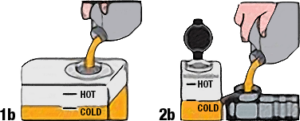
Credit: prestone.com
Maintenance Tips For Optimal Coolant Health
Keeping your vehicle’s coolant system in peak condition is crucial for engine performance. Proper coolant maintenance prolongs engine life and prevents overheating. Here’s how you can maintain your vehicle’s coolant health effectively.
Regular Check-ups
Regular check-ups keep cooling systems trouble-free.
- Inspect coolant levels every three months.
- Check for leaks, crusty residues, or discoloration.
- Ensure the radiator cap seals properly.
- Monitor temperature gauges for unusual readings.
Choosing The Right Coolant
The correct coolant type extends engine life and boosts efficiency.
| Coolant Type | Benefits |
|---|---|
| Organic Acid Technology (OAT) | Longer lasting, protects modern engines |
| Inorganic Additive Technology (IAT) | Good for older models, prevents rust |
| Hybrid Organic Acid Technology (HOAT) | Combines benefits, ideal for many vehicles |
Always follow the manufacturer’s recommendations. Mixing coolants can lead to damage. Dispose of old coolant safely; it’s toxic to animals and the environment.
Frequently Asked Questions For Can You Just Top Off Coolant
Can You Just Add Coolant Without Draining It?
Adding coolant without draining is usually fine if the system isn’t fully drained. Top off the coolant as needed. Only use a coolant type compatible with your vehicle. Never mix different coolant types. It may lead to system damage.
Is It Safe To Mix Coolants When Topping Off?
Mixing different types of coolant can cause chemical reactions, leading to engine damage. It’s crucial to use the same type your vehicle manufacturer recommends. If uncertain, consult your car’s manual or a professional mechanic before mixing coolants.
How Often Should You Top Off Your Coolant?
Coolant levels should be checked every 3 to 6 months, depending on the vehicle’s usage and manufacturer’s guidelines. Top off as needed when the level falls below the minimum mark. Annual system checks are advisable for optimal engine performance.
What Are The Risks Of Overfilling Coolant?
Overfilling the coolant reservoir could cause leaks or damage. As the engine heats, coolant expands and may spill out. This wastes coolant and can lead to overheating. Always fill to the indicated level.
Conclusion
Topping off coolant is a quick fix, not a long-term solution. Regular checks and maintaining levels prevent engine damage. A mechanic’s advice ensures your car’s optimal performance. Stay vigilant and proactive for a healthy, happy vehicle. Remember, safety and longevity start with basic car care.


